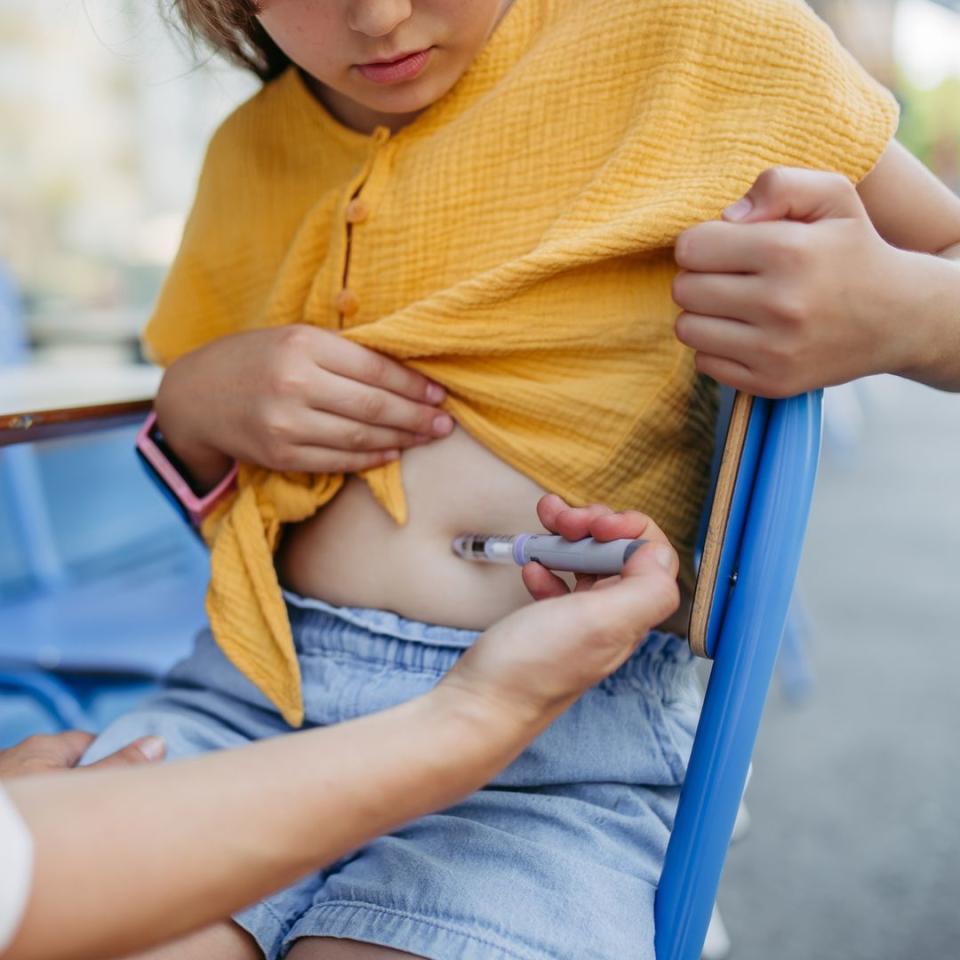Diabetes is a significant health concern for children, with Type 1 diabetes mellitus being the most common form. This autoimmune disease occurs when the pancreas, specifically the beta cells, loses its ability to produce insulin. As a result, blood glucose levels rise far above normal. According to Dr. Eugenio Fernández, a pediatric endocrinology specialist at Hospital Vithas in Sevilla, Spain, between 1,200 and 1,500 new cases of Type 1 diabetes are diagnosed annually in children under 15 in Spain alone.
While Type 1 diabetes doesn’t typically affect overall growth and development, it does impose daily management challenges on young patients. Children must adhere to specific guidelines and develop habits to monitor their condition. Neglecting these essential practices can lead to severe complications, including heart disease, kidney problems, and even osteoporosis.
Education is critical for children and teenagers with diabetes. They need to learn how to manage their daily routines effectively and recognize their body’s signals, including the early signs of hypoglycemia (low blood sugar). It’s equally important for parents, close family members, teachers, and classmates to understand the disease and support the child’s management efforts.
Dr. Fernández emphasizes that classmates of diabetic children should be educated about the condition, assuring them that having a diabetic classmate should not hinder participation in school activities, sports, or play. He advocates for awareness in schools, where peers can learn to identify symptoms of hypoglycemia and assist by offering sugary drinks or notifying an adult if needed.
Currently, there is no way to prevent Type 1 diabetes. Dr. Fernández explains that autoimmune diseases usually affect individuals who are genetically predisposed, and their onset can often be sudden and unexplained. Although there are new treatments that may delay the progression of the disease in its early stages, they cannot fully prevent its onset.
Fortunately, the occurrence of acute complications from Type 1 diabetes, due to either hyperglycemia or hypoglycemia, has decreased in recent years. Advances in insulin types, as well as new insulin delivery devices such as pumps and continuous glucose sensors, have significantly improved management strategies. However, knowing how to respond to potential crises remains crucial.
In terms of recognizing hypoglycemia or hyperglycemia in children, key symptoms include uncontrollable thirst, increased urination, extreme hunger, and weight loss. These symptoms arise from inadequate insulin function, which normally helps glucose enter cells for energy. When glucose isn’t utilized effectively, it builds up in the bloodstream, leading to excessive urination and thirst.
Parents and educators might not notice these symptoms at first; however, an increase in appetite coupled with unexpected weight loss can become more apparent over time. If a child experiences hypoglycemia, it’s vital for those around them to recognize early warning signs. Common indicators include pale, sweaty skin, tremors, headaches, blurred vision, and dizziness. In severe cases, confusion or seizures may occur.
When a child is suspected of having a hypoglycemic episode, the first step is to measure blood glucose levels if possible. If levels are dangerously low or if a measurement device isn’t available but symptoms suggest hypoglycemia, providing a sugary drink or food is the most practical response. Should the child not recover quickly, or if another classmate is present, it’s essential to alert an adult or seek medical assistance.
Embedded Link to Related Article

Understanding diabetes and its management is essential not only for the affected children but for their families and peers as well, promoting a supportive environment for those living with this condition.
Image and News Source: https://es-us.vida-estilo.yahoo.com/prevenir-diabetes-ni%C3%B1os-133432386.html



